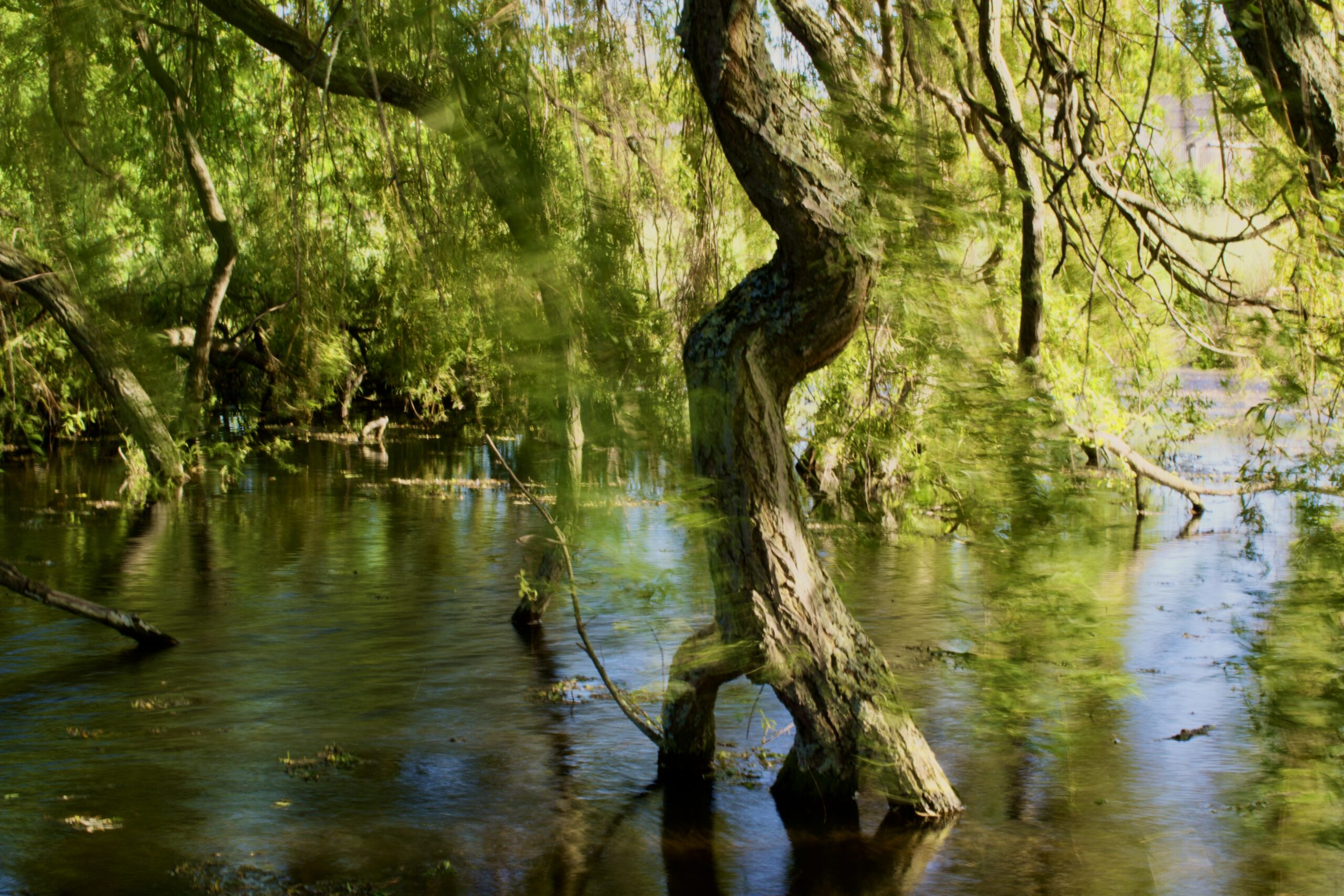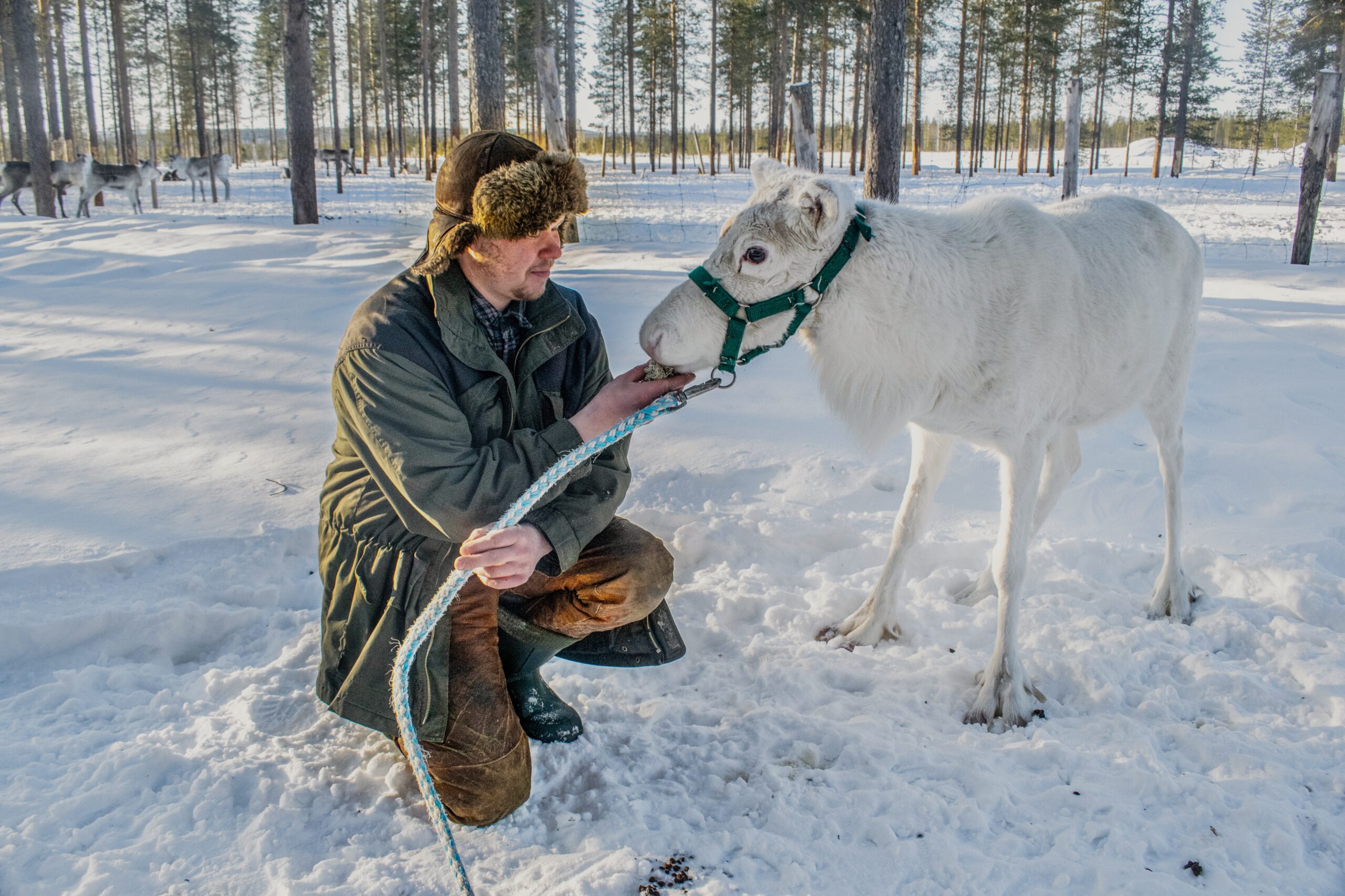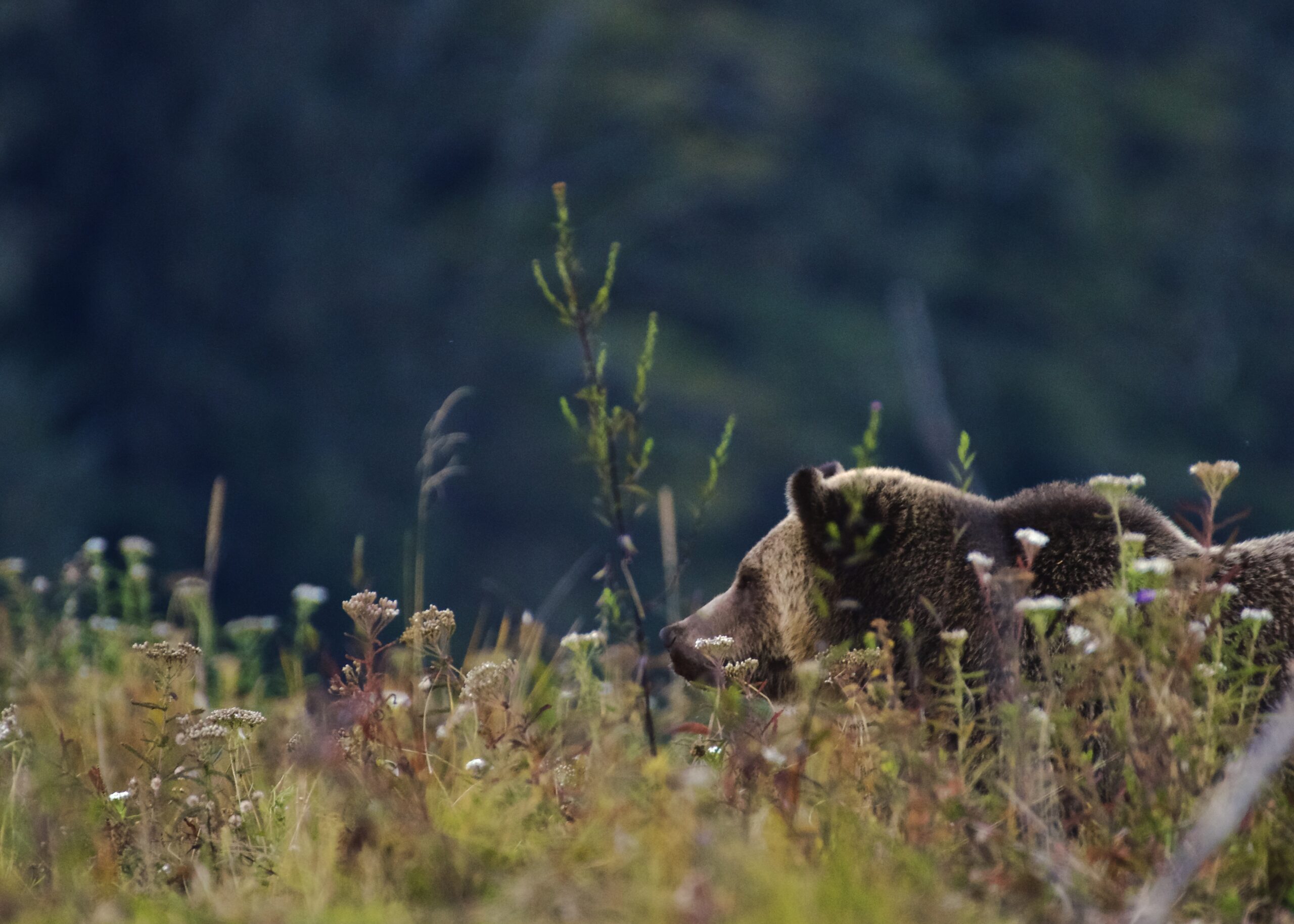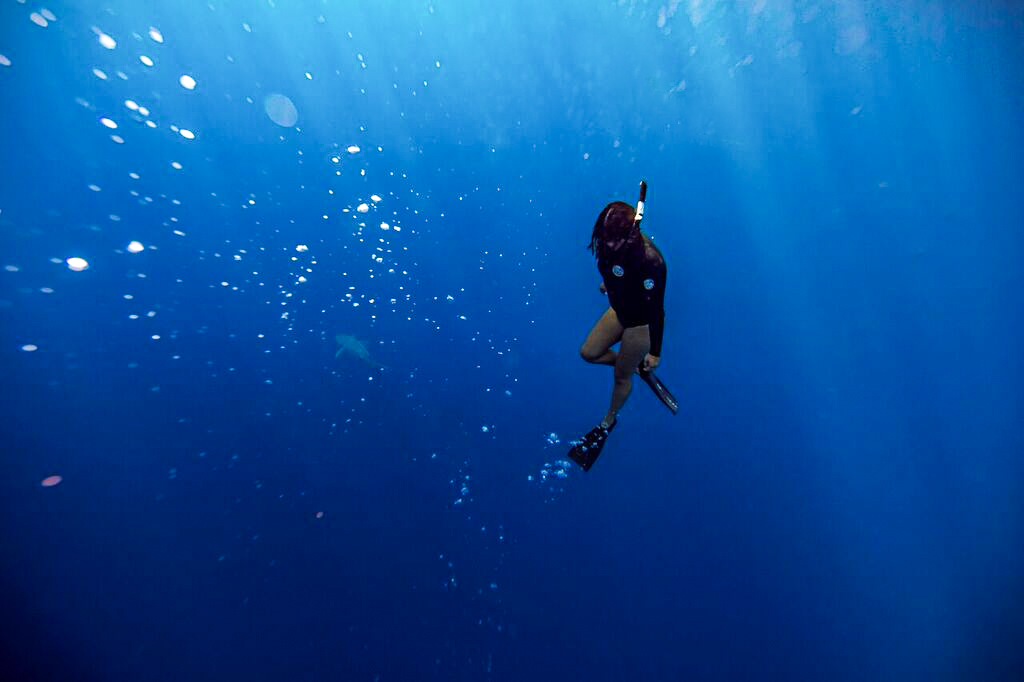
MIRALI SHUKLA
Researcher | Photojournalist
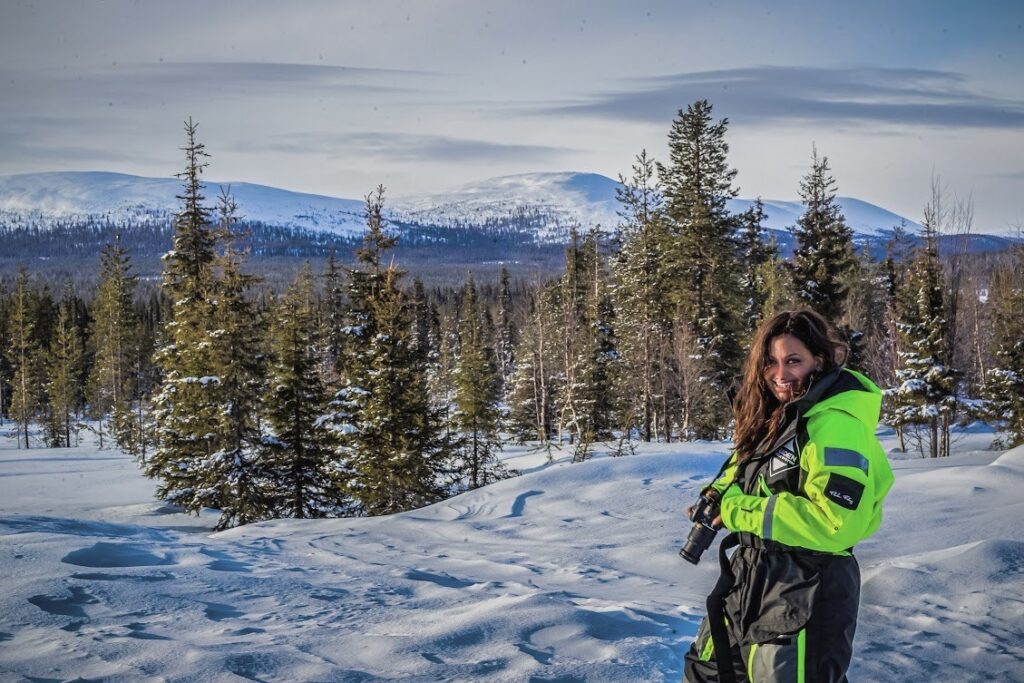
ABOUT MIRALI
Mirali Shukla is an Asian American researcher and photojournalist whose work focuses on the connections between people and nature, and the conflict and peace dynamics that are related to this interaction. She is currently the Deputy Chair of the IUCN CEESP Theme on Environment and Peace and the Co-Chair of the Young Professional’s Interest Group at the Environmental Peacebuilding Association (EnPAx).
Mirali has always been interested in the deep, complex connection between the sociocultural and environmental worlds and feels that understanding this connection is vital to the betterment of our world today. She holds a Bachelor of Science in International Relations with a focus on Environmental Conflict and a Masters of Research in Endangered Species Recovery and Conservation. She also has several certifications from the United States Institute of Peace, the Center for Conservation Peacebuilding (CPeace), and the Institute for Economics and Peace that help to guide her work.
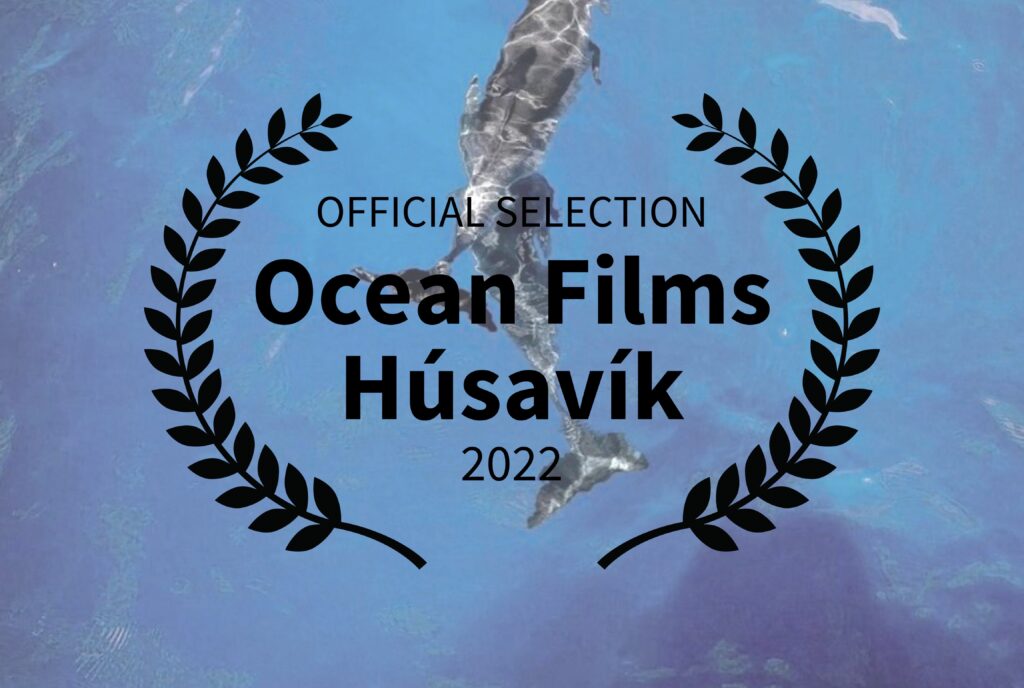
SEARCHING FOR SILENCE
Much of the marine life in the Azores is specialized to live in deep depths. Here, light is very low or non-existent and food, prey, predators, and conspecifics like potential mates, are spread out all over the large expanse of dark, featureless water. Sound is the light in the dark for the creatures that live here. They use it to navigate, hunt, bond socially, communicate, and evade potential dangers.
Searching for Silence is a series of short films exploring the world’s oceans in order to find the last remaining pristine marine soundscapes before they are lost to man-made noise pollution. They aim to raise awareness about the effects of marine noise pollution on global ecosystems. A soundscape full of noise pollution is like a world so blindingly bright, you can barely see. As we discover and explore more, the world of sound becomes clearer and clearer.
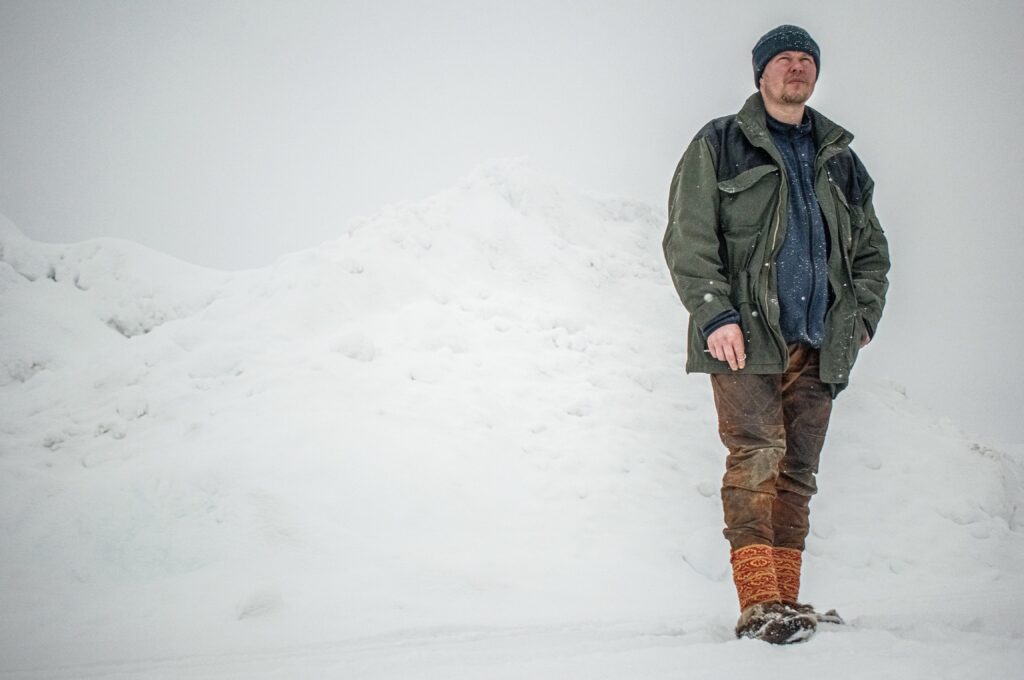
INDIGENOUS PERSPECTIVES ON CONFLICT AND CONSERVATION
Indigenous Peoples, local, and marginalized communities are increasingly recognized as especially vulnerable to the adverse effects of climate change. They are, however, the fraction of human appropriators of biomass determining the lowest ecological impacts. Indigenous perspectives on conflict and conservation. In collaboration with members of the Sámi, Ni’Vanuatu, Ainu, Cochiti Pueblo, Māori, and Kānaka Maoli communities, several projects were completed working to raise indigenous voices in the context of biodiversity, socioeconomic conflict, and risk. These were done in collaboration with the Geneva Peacebuilding Platform, the Environmental Peacebuilding Association, the University of Hawaii Manoa and Matsunaga Institute for Peace and Conflict Resolution.
We traversed arctic Finland, Norway, and Sweden to document transparent, first-person accounts of the industries and environmental changes that are jeopardizing the traditional livelihoods, language, and culture of Sámi peoples. We spoke to individuals, families, elders, and communities to understand this better. Read an open letter from a tenth generation Sámi reindeer-herder here.
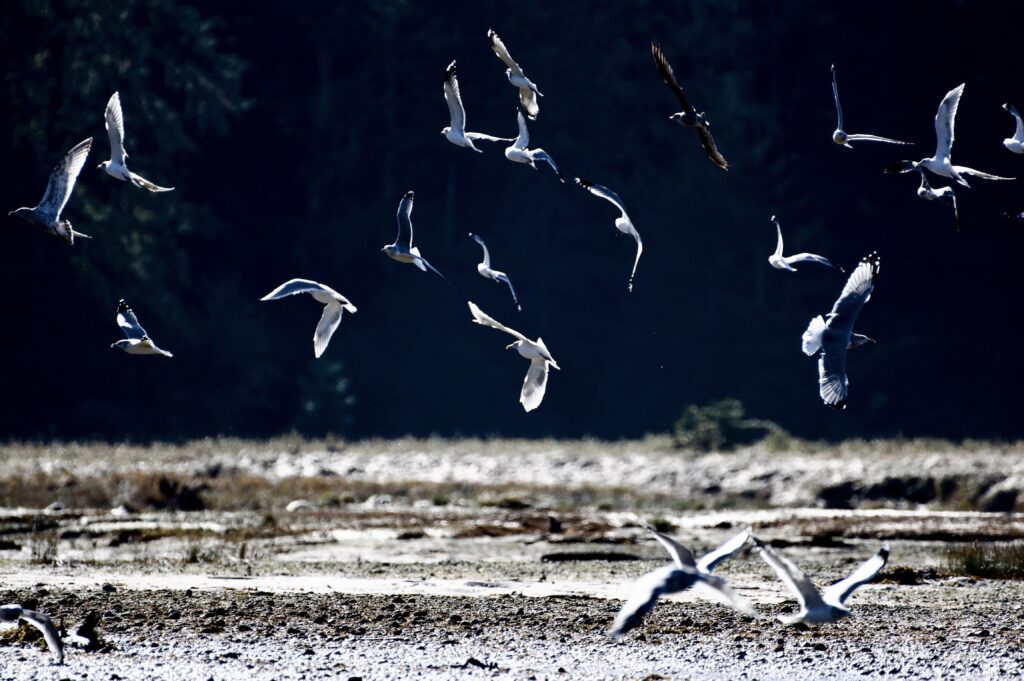
CONSERVATION FOR PEACEFUL SOCIETIES
How are peace and conservation related? Conservation, broadly, maintains what already exists and protects it for the future. This term can be applied across species to environmental functions, cultures, and traditions. Conservation is more than just idealism, and we are increasingly seeing its importance in regard to supporting peaceful societies.
In an article for the Institute of Economics and Peace (IEP), I explore this further. IEP’s Ecological Threat Register (ETR) demonstrates the importance of environmental conservation in peacebuilding efforts. The ETR outlines that by 2040, 5.4 billion people will experience high or extreme water stress. 30 countries (comprising over 1 billion people!) have been identified as lacking the social and economic resilience to withstand the impact of global ecological events. The consequence of this is mass population displacement, food insecurity, civil unrest and competition over resources. Peace and conflict studies are integrally tied into all of these, suggesting that a marriage between peacebuilding and conservation is a match made in heaven.
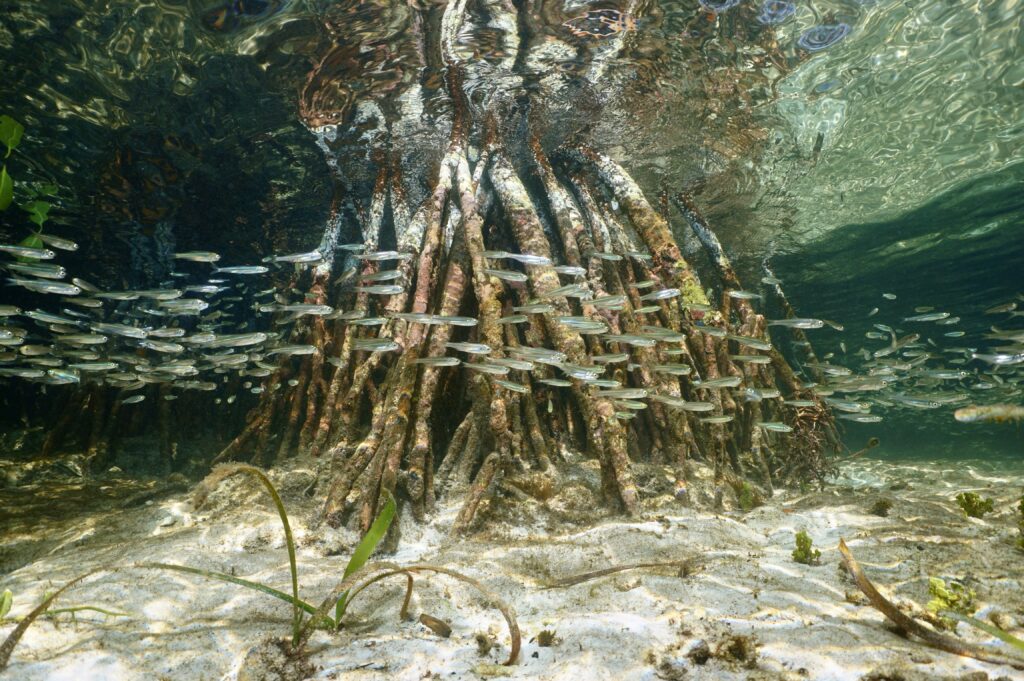
MANGROVE RESTORATION IN EAST AFRICA
How can we protect communities, support livelihoods, and foster ecosystem health? We partnered with Eden Reforestation Projects to plant over 50,000 coastal mangroves and provide roughly 550 salaried working days for local community members in Mozambique.
Cyclone Idai caused hundreds of deaths and massive destruction of property. Less than six weeks later, Mozambique was hit again by Cyclone Kenneth – the strongest storm to ever hit Mozambique as of 2023. Mangroves provide protection of coastal communities from the fury of cyclones and storms, coastal protection against wave actions (mangroves are effective as compared to concrete seawall structures for reduction of tsunami-hit house damages behind the forest!), and prevent erosion among so much else.

THERMAL IMAGING TO CONSERVE SUMATRAN WILDLIFE
Thermography is a very useful methodology for wildlife conservation and research. Yayasan Orangutan Sumatera Lestari – Orangutan Information Centre (YOSL-OIC) is a grassroots NGO based in Medan of North Sumatra. In partnership with YOSL – OIC, I performed presence/absence surveys along the border of the Gunung Leuser National Park and neighboring palm oil plantations to check for the return of endemic wildlife like orangutan, Sumatran elephants, and more to the area!
